A MoMA exhibit traces the parallels between art, design and computing
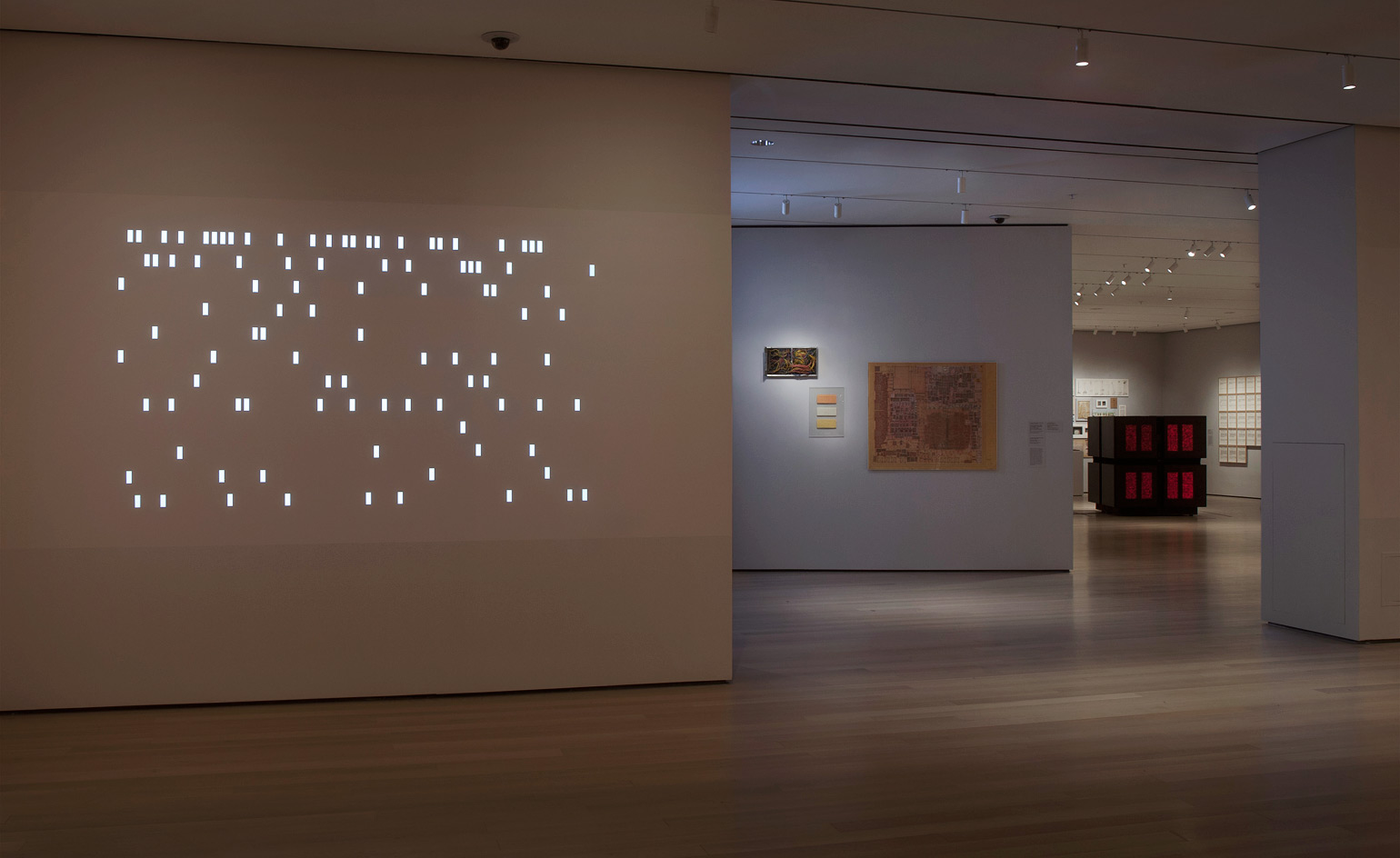
‘Thinking Machines: Art and Design in the Computer Age, 1959-1989’ assembles an eclectic array of artworks and equipment from the collection of the Museum of Modern Art that collectively documents the naissance of the digital age. Such a dramatic technological shift led some to assume that traditional art forms were obsolete, however, if art has one tradition it is that of evolution, which is amply demonstrated in this New York exhibition.
Beryl Korot’s Text and Commentary (1976-77) consists of drawings, loom weavings and five video monitors that document their manufacture. Interested in the historic marginalisation of of women’s creativity into textile production Korot recognised parallels in digital technology, describing the loom as ‘the first computer on the face of the earth.’
Another political perspective is provided by Lee Friedlander, whose series of photographs record the ambivalent expressions of the predominantly female workers engaged in tiresome work on computer terminals in the Midwest, in the mid-1980s.

Chippewa Falls, Wisconsin, 1986
Other women in the emerging computer industry appeared to have had more fun. Plotted graph paper drawings by Susan Kare describe, in pixels, a skull and bones, creeping bugs and a leaping frog: early, unrealised designs for computer screen icons. Meanwhile, some artists in the exhibition used actual computers as tools such as Stan Vanderbeek who, working with programmer Ken Knowlton, produced five minutes of pixelated psychedelia with the film Poemfield No. 1 (1967).
The exhibition is punctuated by impressive hardware including a rather ungainly CM-2 Supercomputer produced by Thinking Machines Corporation in 1987 that appears as a cross between a minimalist sculpture by John McCracken and a Knight Industries Two Thousand (the fictional KITT from the concurrent Knight Rider TV series). More elegant machines include Mario Bellini’s Olivetti ‘Programma 101’ desktop computer from 1965 and early Apple models (the Macintosh XL and 128K Home Computers), the latter reminding us of the technology giant’s pioneering designs.
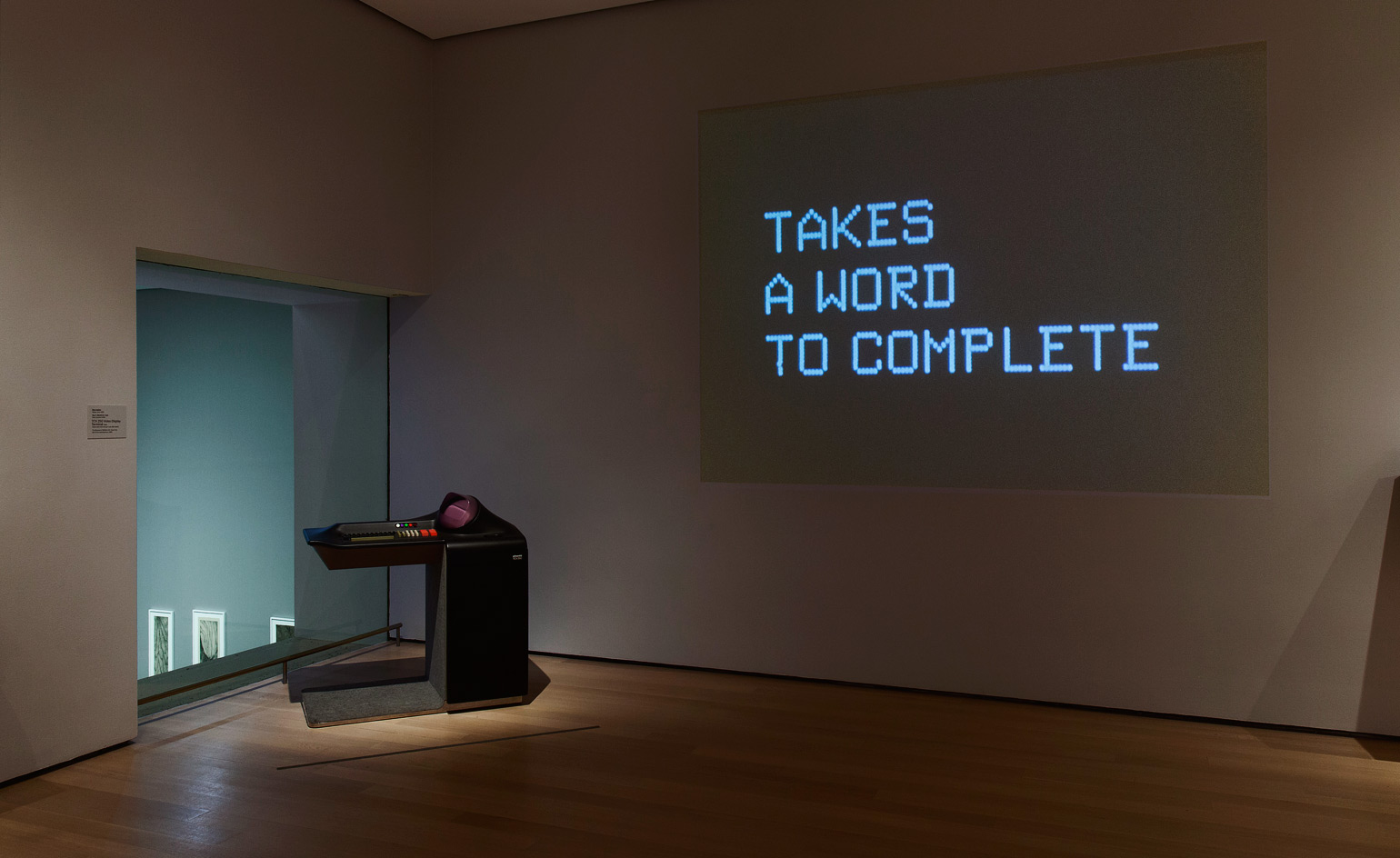
Installation view of ‘Thinking Machines: Art and Design in the Computer Age, 1959-1989’ at the Museum of Modern Art, New York. © MoMA
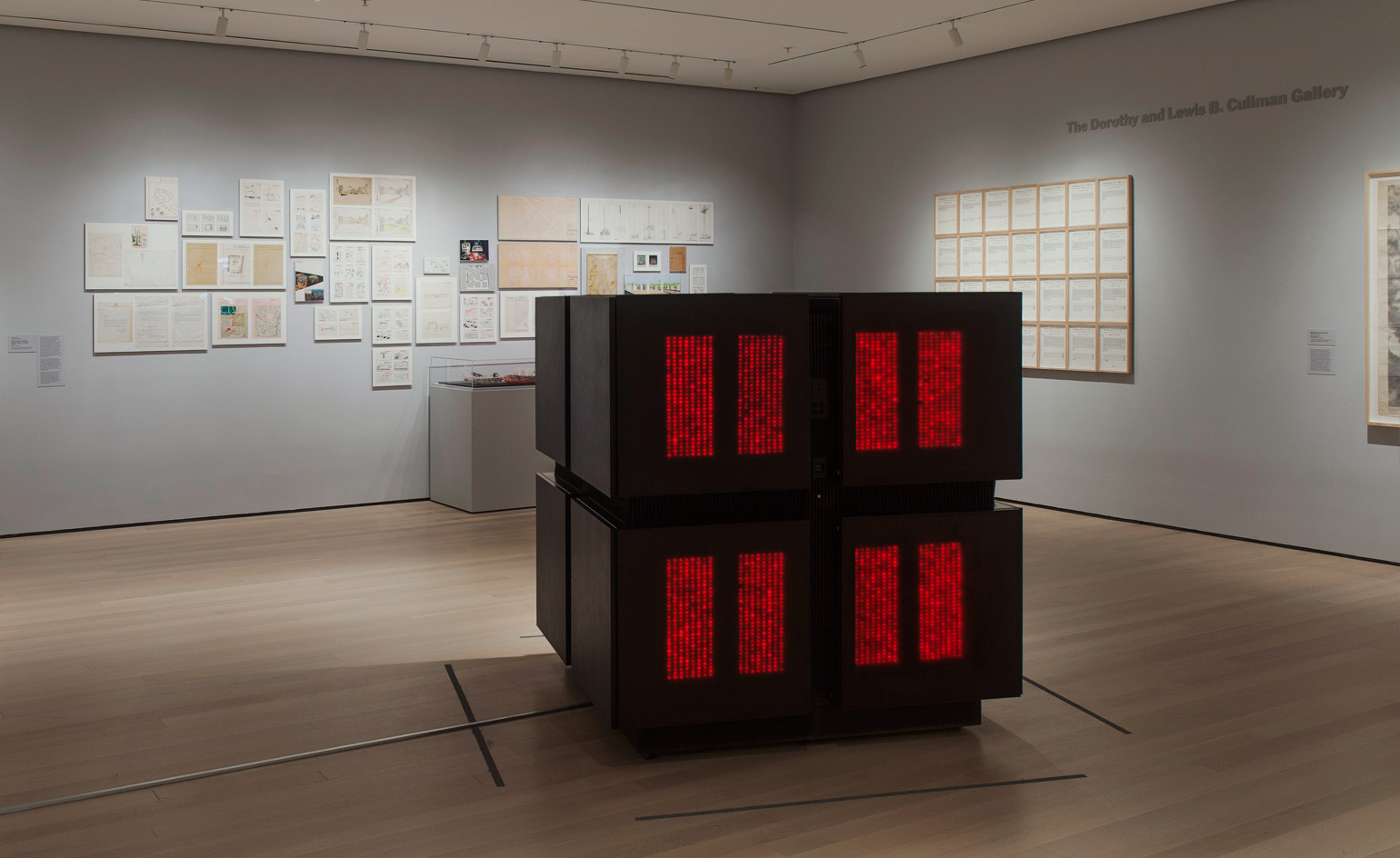
Installation view of ‘Thinking Machines: Art and Design in the Computer Age, 1959-1989’ at the Museum of Modern Art, New York. © MoMA

‘Programma 101’ electronic desktop computer, 1965, by Mario Bellini, manufactured by Olivetti & C SpA, Ivrea, Italy.
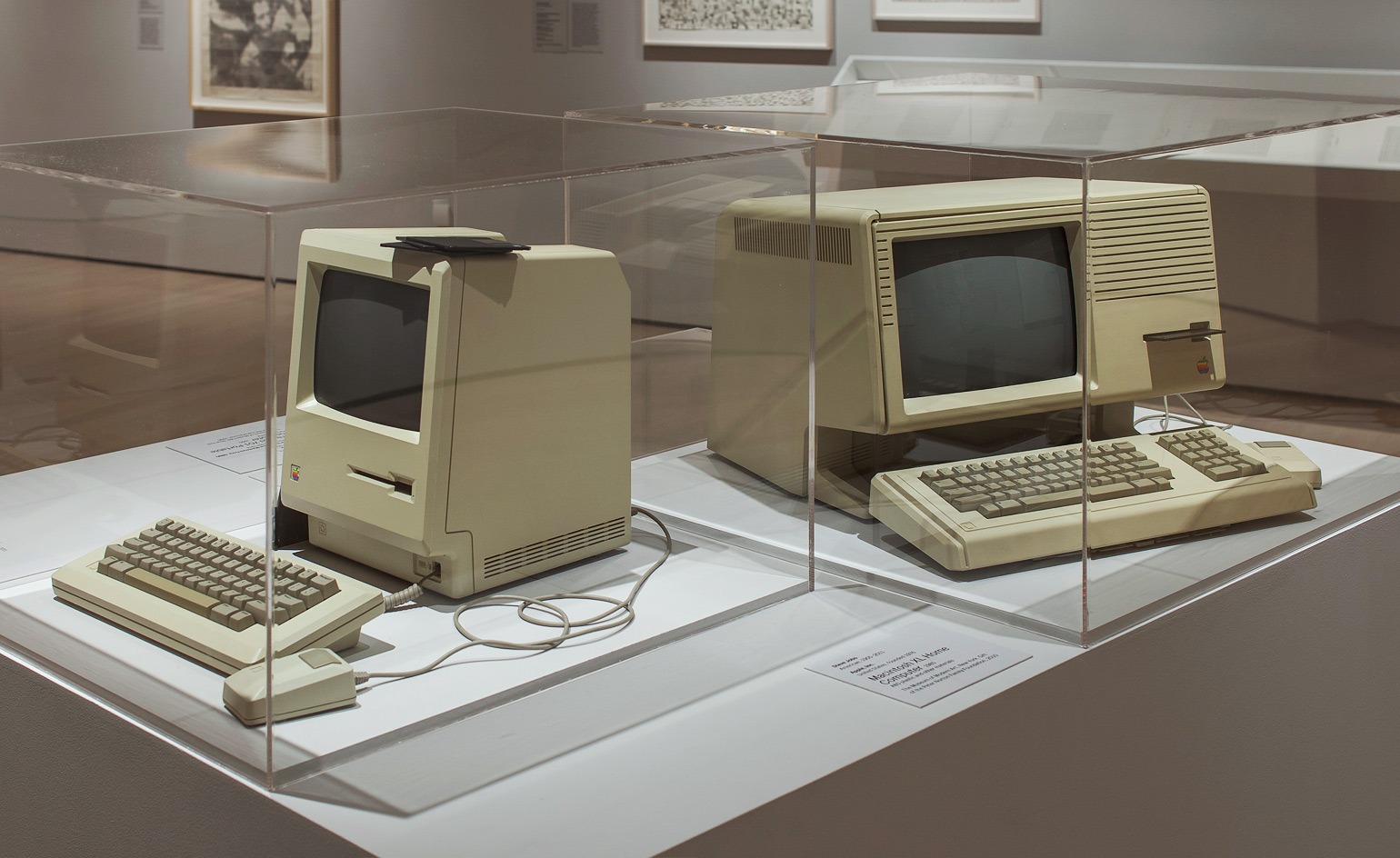
Installation view of ‘Thinking Machines: Art and Design in the Computer Age, 1959-1989’ at the Museum of Modern Art, New York. © MoMA

Installation view of ‘Thinking Machines: Art and Design in the Computer Age, 1959-1989’ at the Museum of Modern Art, New York. © MoMA
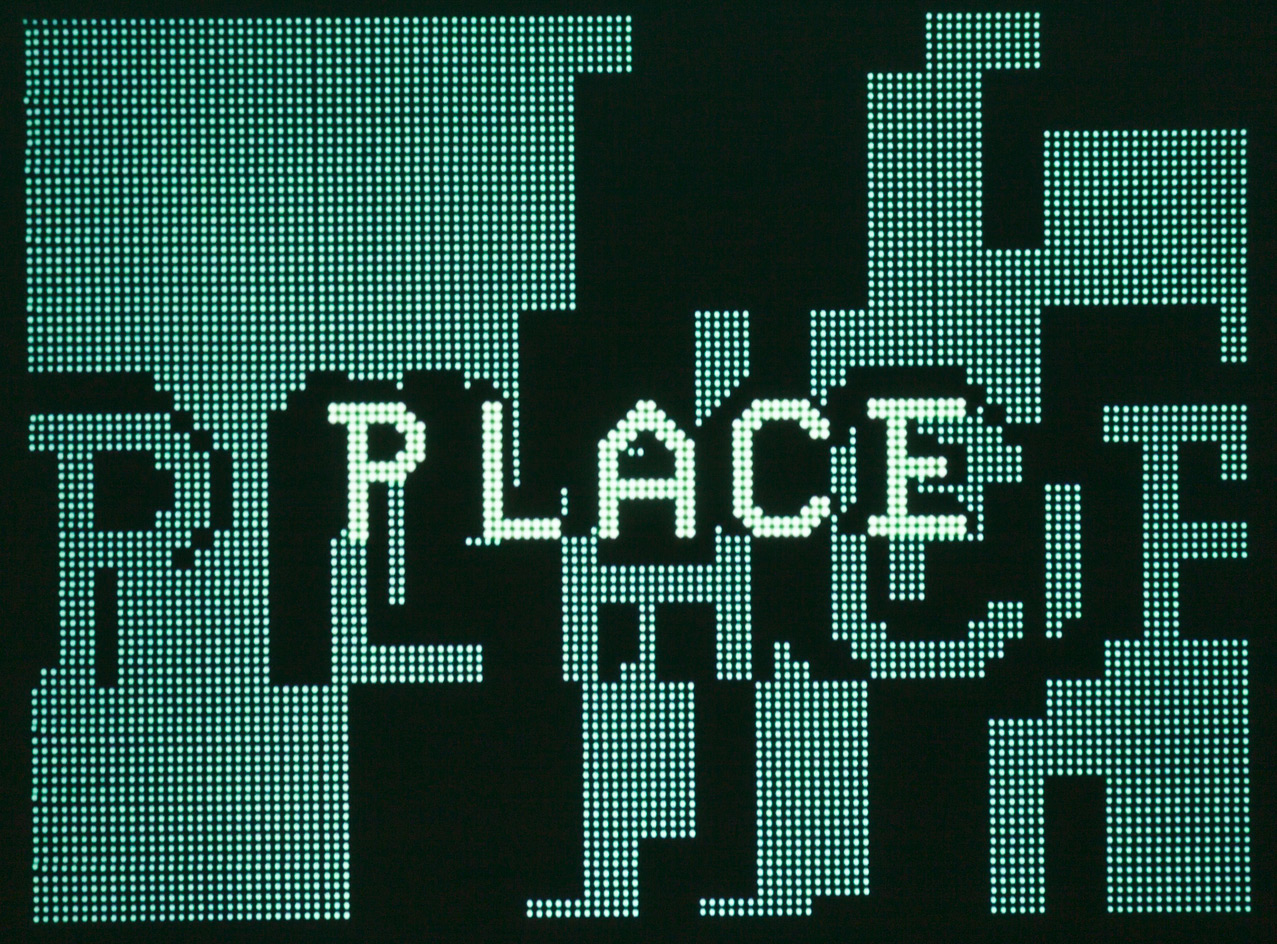
Still from Poemfield No. 1, 1967, by Stan VanDerBeek, realised with Ken Knowlton. Courtesy of the estate of Stan VanDerBeek and Andrea Rosen Gallery, New York

Installation view of ‘Thinking Machines: Art and Design in the Computer Age, 1959-1989’ at the Museum of Modern Art, New York. © MoMA
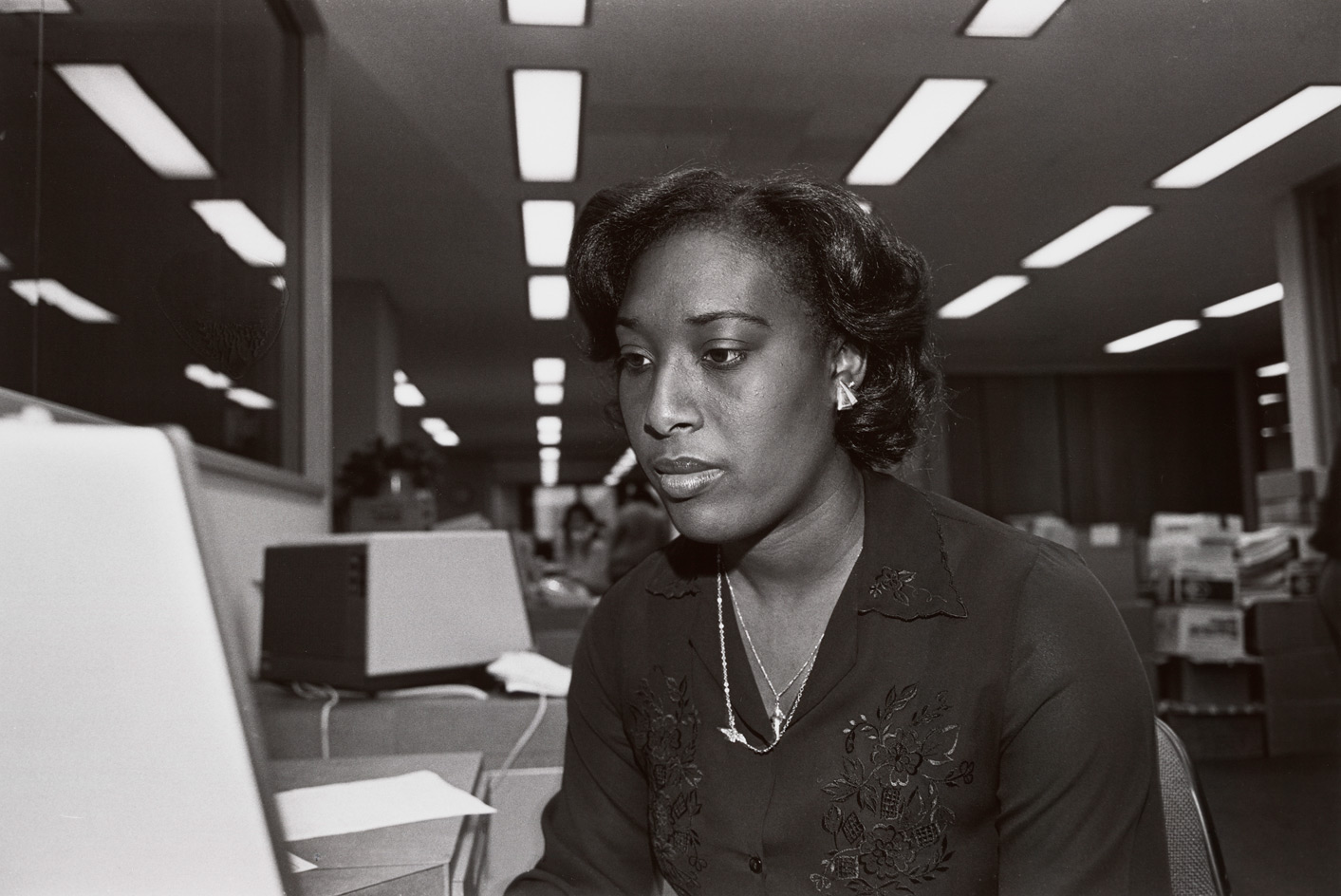
Boston, Massachusetts, 1985

Installation view of ‘Thinking Machines: Art and Design in the Computer Age, 1959-1989’ at the Museum of Modern Art, New York. © MoMA
INFORMATION
‘Thinking Machines: Art and Design in the Computer Age, 1959-1989’ is on view until 8 April. For more information, visit the MoMA website
ADDRESS
MoMA
11 W 53rd Street
New York
Receive our daily digest of inspiration, escapism and design stories from around the world direct to your inbox.
-
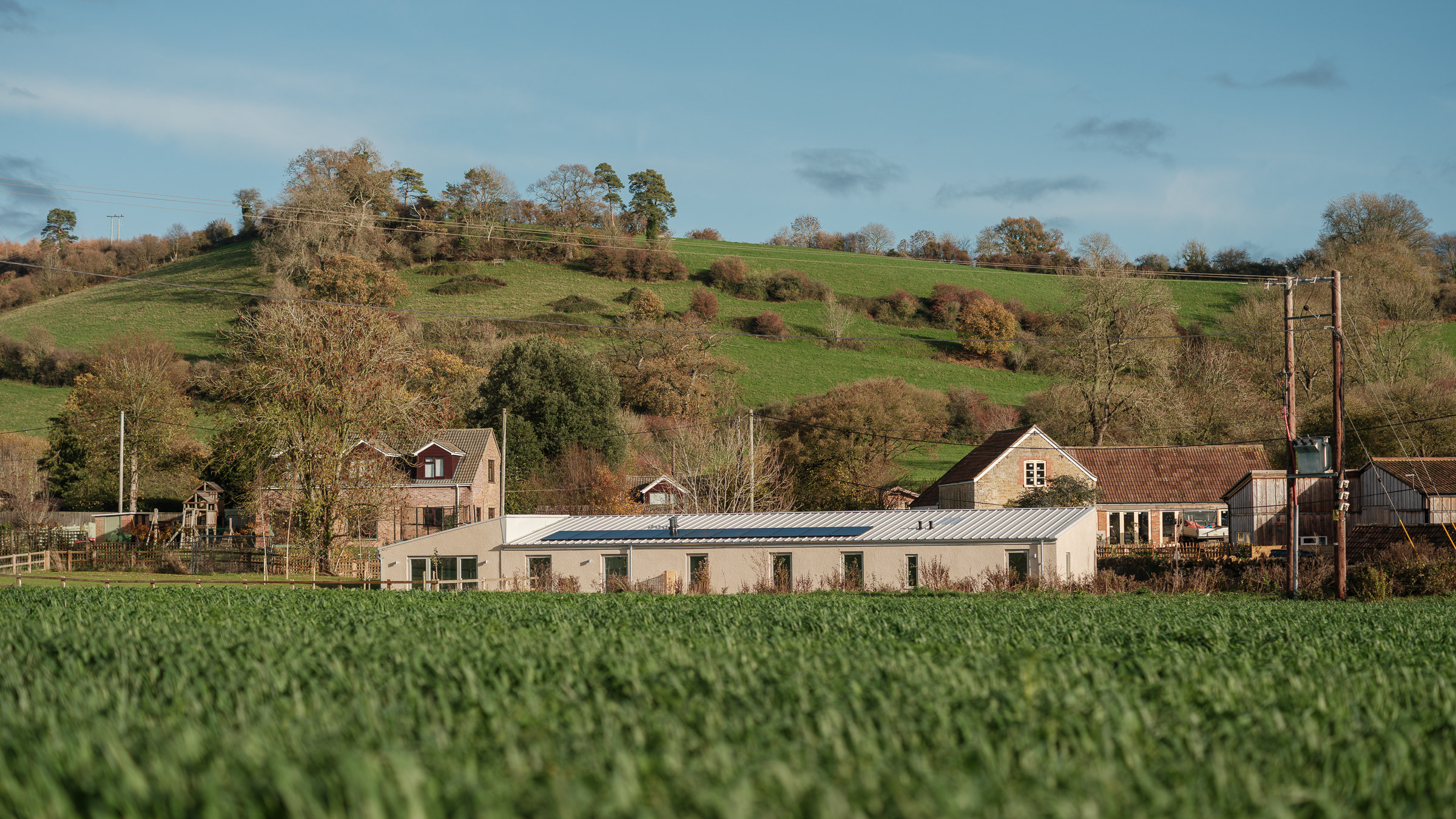 A former agricultural building is transformed into a minimal rural home by Bindloss Dawes
A former agricultural building is transformed into a minimal rural home by Bindloss DawesZero-carbon design meets adaptive re-use in the Tractor Shed, a stripped-back house in a country village by Somerset architects Bindloss Dawes
-
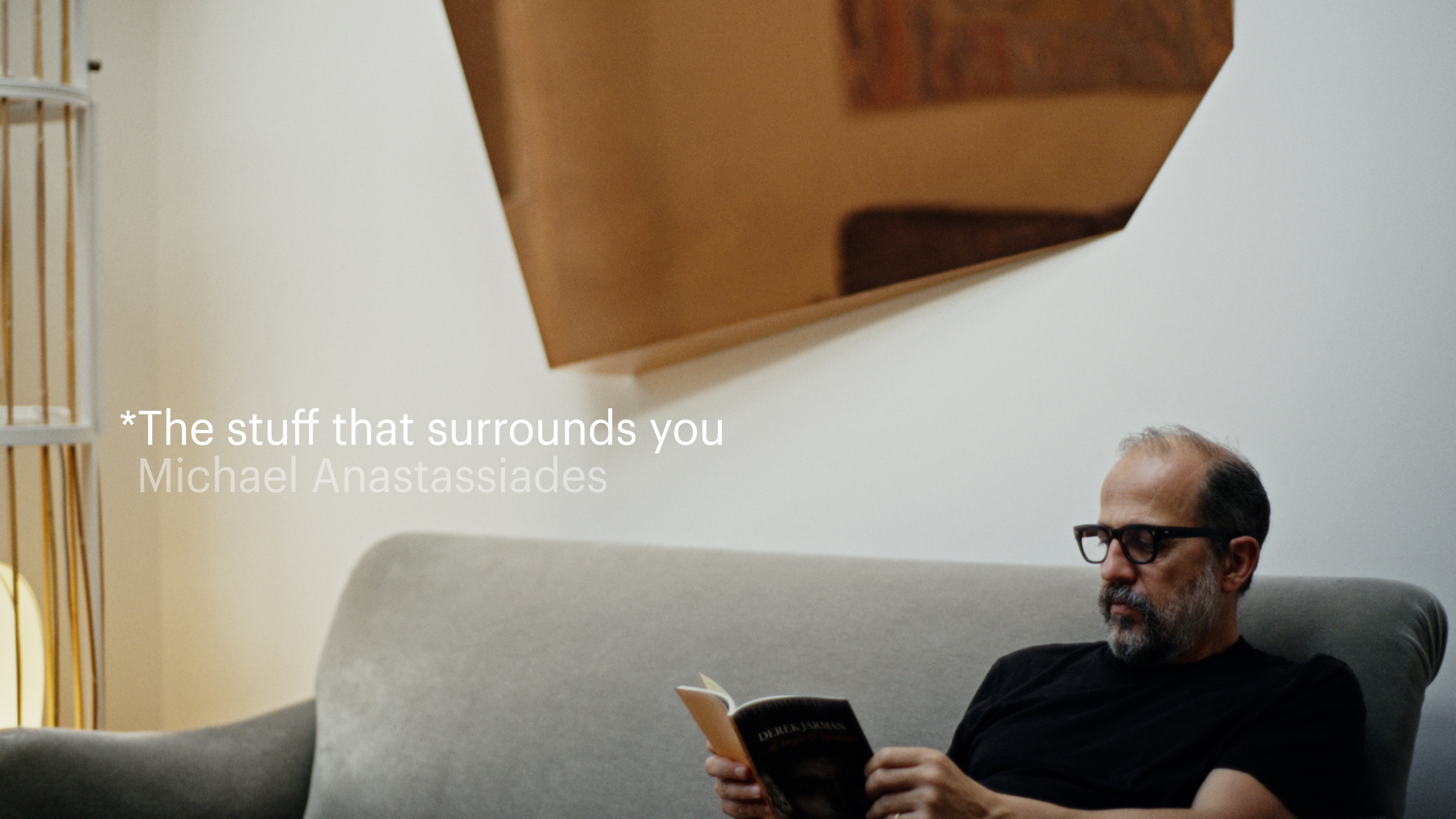 The Stuff That Surrounds You: Inside the home of designer Michael Anastassiades
The Stuff That Surrounds You: Inside the home of designer Michael AnastassiadesIn The Stuff That Surrounds You, Wallpaper* explores a life through objects. In this episode, we step inside one of the most considered homes we've ever seen, where Anastassiades test drives his own creations
-
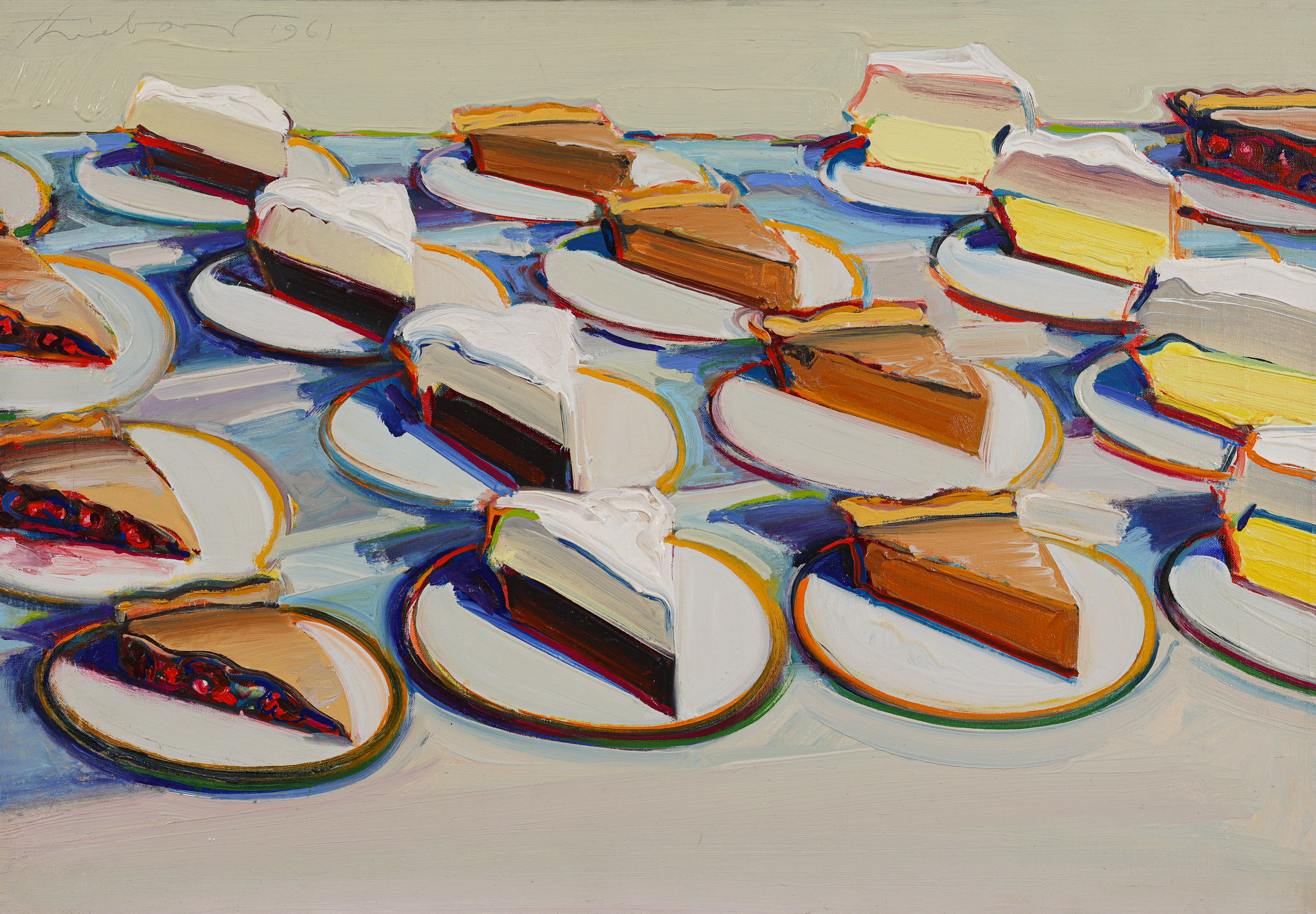 Why are Wayne Thiebaud’s paintings at the Courtauld so tempting?
Why are Wayne Thiebaud’s paintings at the Courtauld so tempting?The American artist’s thickly painted slices of cake at the Courtauld are some of our favourite artworks seen this year. What makes them so special?
-
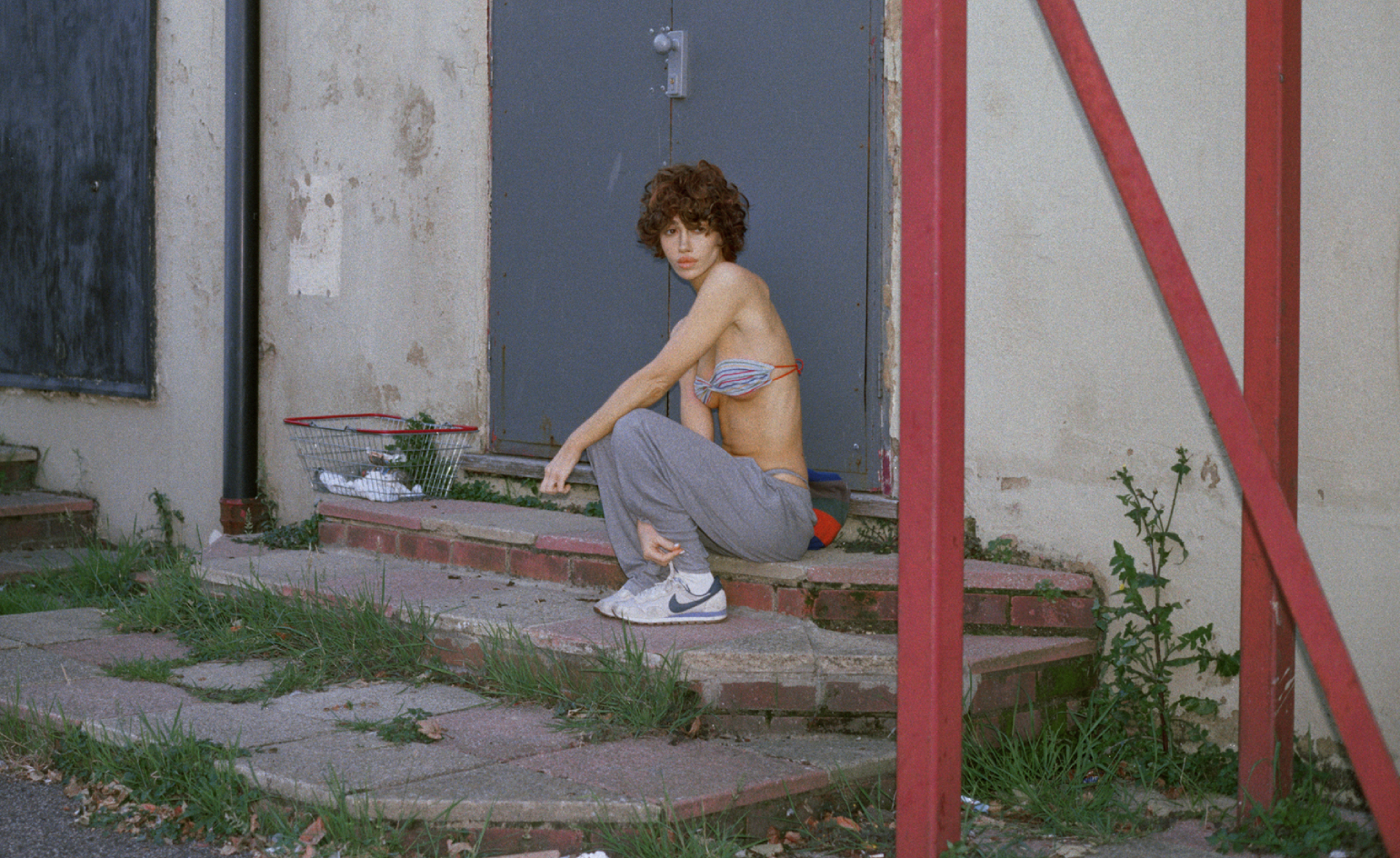 Nadia Lee Cohen distils a distant American memory into an unflinching new photo book
Nadia Lee Cohen distils a distant American memory into an unflinching new photo book‘Holy Ohio’ documents the British photographer and filmmaker’s personal journey as she reconnects with distant family and her earliest American memories
-
 Out of office: The Wallpaper* editors’ picks of the week
Out of office: The Wallpaper* editors’ picks of the weekIt’s been a week of escapism: daydreams of Ghana sparked by lively local projects, glimpses of Tokyo on nostalgic film rolls, and a charming foray into the heart of Christmas as the festive season kicks off in earnest
-
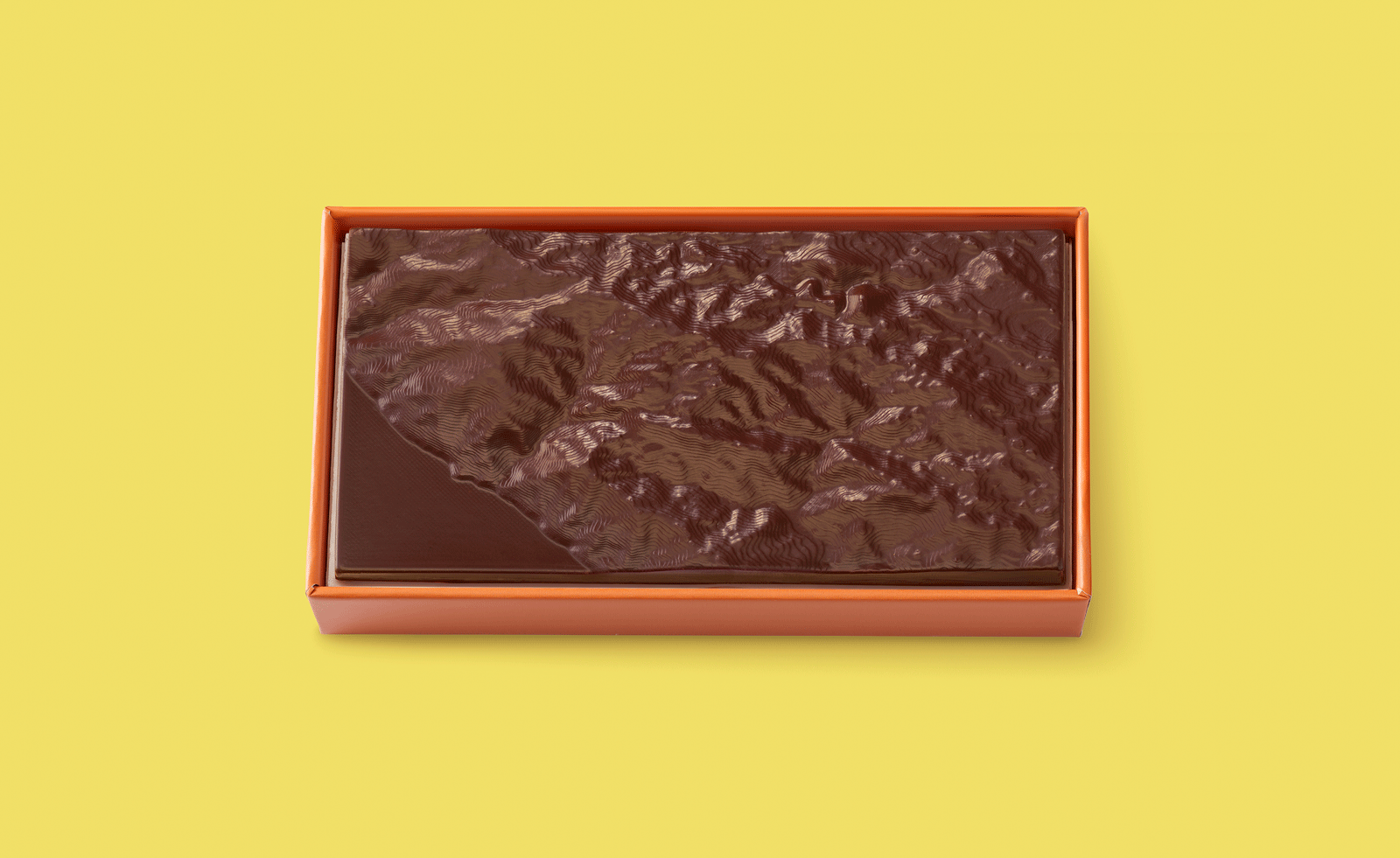 Ed Ruscha’s foray into chocolate is sweet, smart and very American
Ed Ruscha’s foray into chocolate is sweet, smart and very AmericanArt and chocolate combine deliciously in ‘Made in California’, a project from the artist with andSons Chocolatiers
-
 Inside the work of photographer Seydou Keïta, who captured portraits across West Africa
Inside the work of photographer Seydou Keïta, who captured portraits across West Africa‘Seydou Keïta: A Tactile Lens’, an exhibition at the Brooklyn Museum, New York, celebrates the 20th-century photographer
-
 Out of office: The Wallpaper* editors’ picks of the week
Out of office: The Wallpaper* editors’ picks of the weekFrom sumo wrestling to Singaporean fare, medieval manuscripts to magnetic exhibitions, the Wallpaper* team have traversed the length and breadth of culture in the capital this week
-
 María Berrío creates fantastical worlds from Japanese-paper collages in New York
María Berrío creates fantastical worlds from Japanese-paper collages in New YorkNew York-based Colombian artist María Berrío explores a love of folklore and myth in delicate and colourful works on paper
-
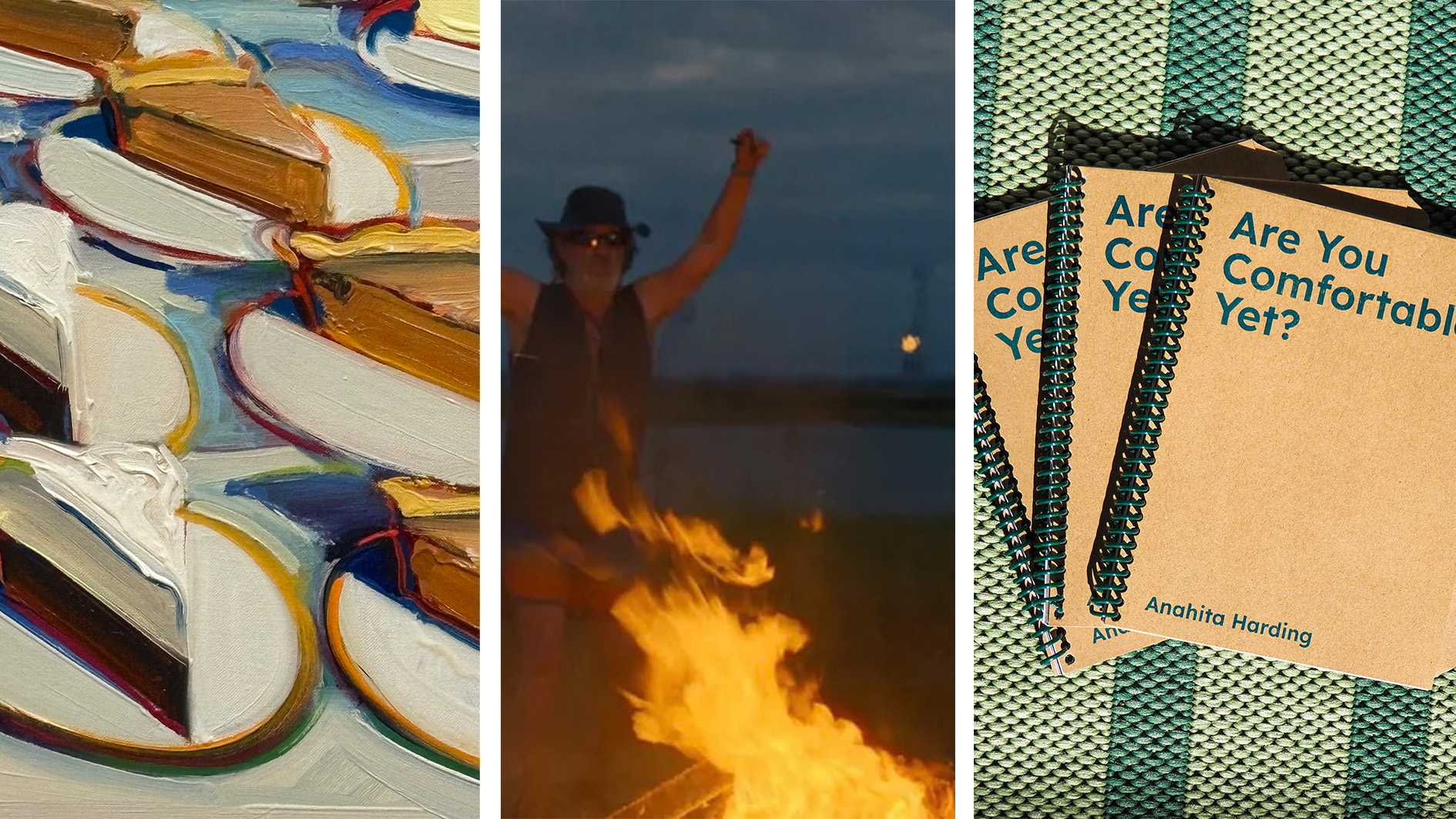 Out of office: the Wallpaper* editors’ picks of the week
Out of office: the Wallpaper* editors’ picks of the weekAs we approach Frieze, our editors have been trawling the capital's galleries. Elsewhere: a 'Wineglass' marathon, a must-see film, and a visit to a science museum
-
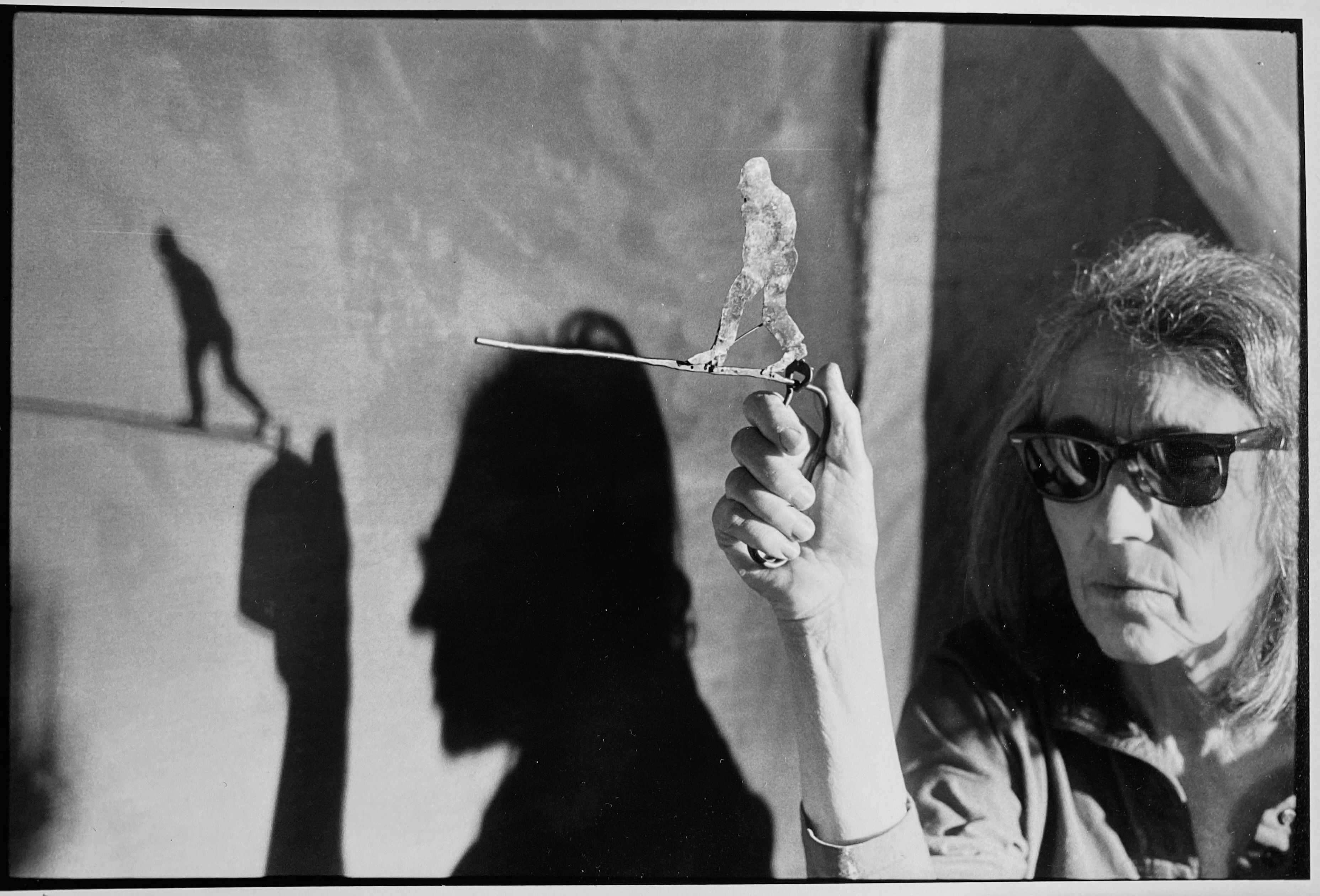 June Leaf’s New York survey captures a life in motion
June Leaf’s New York survey captures a life in motionJune Leaf made art in many forms for over seven decades, with an unstoppable energy and fierce appetite leading her to rationalise life in her own terms.